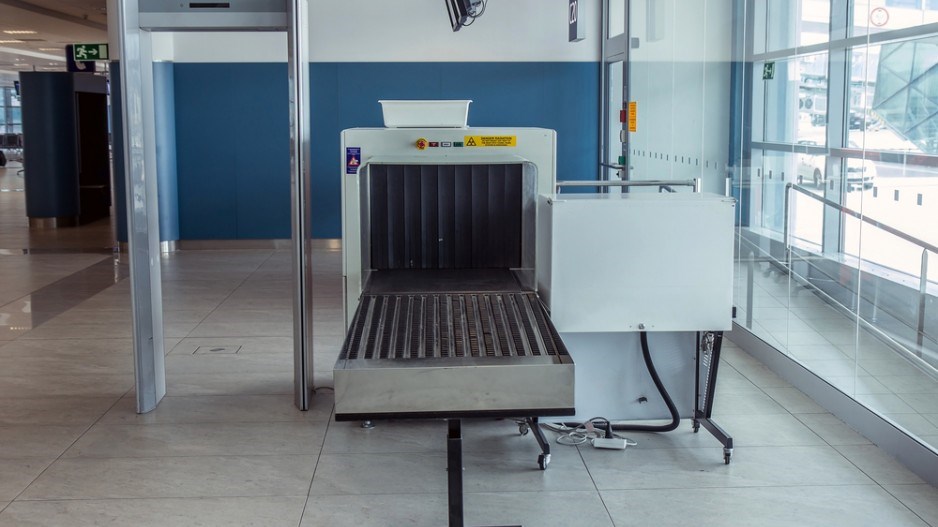By Peter Ladner
When I first heard the Vancouver Canucks were introducing metal detectors at Rogers Arena, I thought they were wary of a Surrey gang shootout during a hockey game. Or a new breed of clientele when the casino opens in an adjoining building.
Then I wondered why a rational approach to stepped-up safety wouldn’t include a breathalyzer test at the gates – coming and going. Or banning pucks flying into the crowd.
The real reason was simpler: it’s National Hockey League policy, just as they do in the National Basketball Association, Major League Baseball and National Football League. Even though Canadian fans don’t routinely carry guns the way many Americans do, we’re sliding deeper into the North American hole of expensive, irrational, overriding “security.”
The fear of gunplay in Canadian hockey rinks comes months after the passing of Bill C-51, a bill “to protect Canadians from jihadist terrorists who seek to destroy the values Canadians hold dear” – like preventing our spy agency from taking measures to reduce perceived threats to national security without a warrant and without adequate oversight, which Bill C-51 allows. Score one for the terrorists.
In the U.S., where the threat of terrorism is greater than in Canada, 26 people have been killed by Muslim extremists since 9/11. This compares with 48 people killed by right-wing extremists during that period, 96 people killed every day by cars and one person killed every 16 minutes by a handgun.
If we were to look at data (remember data?) on the real threats to Canadians, the leading causes of deaths in Canada are cancer (30%), heart disease (20%), strokes (5.5%) and respiratory diseases (5%).
These diseases are what we should really fear – including the soaring costs of treating them. About 75% of them are linked to a poor diet and a sedentary lifestyle. Yet when the federal government was advised that mandating lower sodium levels in food was the single most effective measure to lower dietary risks, it refused to budge. There is similarly no political interest from any federal party in taxing sugary drinks to stem the coming onslaught of Type 2 diabetes. The fear of becoming a nanny state is bigger than the fear of becoming a big brother state.
After these big four diseases, the biggest cause of deaths is accidents, and the biggest cause of accidental deaths is motor vehicles. Yet our provincial government refuses to implement photo radar and instead raises speed limits, knowing that a quarter of all traffic fatalities involve speeding, and a 1% reduction in speed reduces the chance of a fatal collision by 5%.
While the pending costs and catastrophes from rising temperatures and ocean levels go into the denial file, the wildly expensive and irrational security measures at airports keep growing. I have had my leather belt massaged, in apparent seriousness, in search of an explosive device.
I have been through airports that make me take off my shoes, and those that don’t. I have been through some scanners that pick up the metal pins in my leg and some that don’t. The annual cost of airport security in the U.S. – just the administration, not the delays, missed flights and tossed bottled water – is US$8 billion.
Security and safety fantasies also extend to our province’s compulsory bicycle helmet laws, which raise health-care costs by reducing cycling rates. If helmet use were mandated rationally, based on the actual danger of head injuries, helmets would be compulsory for all young male car drivers and elderly pedestrians.
There is a way to achieve near-perfect safety and security. I found it last weekend at a Float House sensory deprivation tank on 4th Avenue. A sign there says: “this is your time to relax and let go of everything. There is no right or wrong, good or bad, only safety and security.”
Shut yourself in a tank, climb into the bath of Epsom salts, lower the lid, lie in the silent blackness and do nothing. Safe at last.
Peter Ladner ([email protected]) is a co-founder of Business in Vancouver. He is a former Vancouver city councillor and former fellow at the SFU Centre for Dialogue.
To comment on this article, click here.




